Imagine that your furry friend, bounding with joy, yet their nails click-clacking uncomfortably against the floor.
Regular nail trimming isn’t just a cosmetic concern—it’s vital for your dog’s overall well-being. Let’s delve into why maintaining those little claws is a big deal.
Contents Overview
Understanding Canine Nails
Dogs’ nails are akin to our fingernails but with a twist—they contain blood vessels and nerves, known as the quick, which can cause pain and bleeding if cut.
Left untrimmed, nails can curl, leading to discomfort, difficulty walking, and even orthopedic issues.
Recognizing signs of overgrown nails in dogs is crucial for maintaining their comfort and mobility, as long nails can lead to pain and difficulty walking.
The Benefits of Regular Trimming
1- Prevents Overgrowth and Pain
- Dog nails are like our own nails, constantly growing. However, unlike humans who naturally wear down their nails through daily activities, dogs’ nails require regular trimming.
- If left unchecked, dog nails can grow too long, leading to a host of problems. Overgrown nails can curl into the paw pads, causing extreme discomfort and pain for your furry friend.
- Imagine the sensation of constantly walking on sharp objects or having your toes cramped in tight shoes all the time. It’s not just uncomfortable; it’s downright painful.
- Dogs with overgrown nails often exhibit signs of distress, such as limping, reluctance to walk, or even aggression when their paws are touched. Regular nail trimming alleviates this pain and ensures that your dog can move around freely and comfortably.
2- Maintains Mobility and Comfort
- The importance of consistent nail maintenance for dogs cannot be overstated, as it ensures their comfort, mobility, and overall well-being.
- When nails become excessively long, they can alter your dog’s gait, causing them to walk unnaturally. This abnormal gait puts extra strain on their joints and muscles, potentially leading to long-term issues such as arthritis or muscle imbalances.
- Additionally, long nails can affect the way your dog distributes their weight while walking, leading to discomfort and fatigue.
- By keeping your dog’s nails at an appropriate length, you’re not just preventing physical pain; you’re also ensuring that they can move around with ease and enjoy their daily activities without limitations.
3- Prevents Damage to Flooring and Furniture
- Have you ever heard the unmistakable sound of dog nails clicking on hardwood floors? While it may seem like a minor annoyance, long nails can wreak havoc on your home’s surfaces.
- Sharp nails can scratch and damage hardwood floors, laminate, tile, and even carpets.
- Additionally, if your dog likes to jump on furniture or lean against walls, their nails can leave unsightly marks and scratches. But the damage isn’t limited to your home’s interior; long nails can also scratch doors, vehicles, and outdoor furniture.
- By regularly trimming your dog’s nails, you’re not just protecting your property from damage; you’re also ensuring a safer and more enjoyable environment for both you and your pet.
4- Improves Hygiene
- Long nails are a breeding ground for dirt, debris, and bacteria. As your dog walks, these particles get trapped under their nails, creating the perfect environment for bacteria to thrive. Over time, this can lead to infections, foul odors, and overall poor hygiene.
- Additionally, if your dog spends time outdoors, they’re more likely to pick up dirt, mud, and other contaminants, further exacerbating the problem.
- Regular nail trimming helps to prevent this buildup of dirt and bacteria, promoting better hygiene and reducing the risk of infections.
- It also makes grooming and cleaning your dog’s paws much easier and more effective, ensuring that they stay fresh and clean between baths.
5- Enhances Bonding
- Believe it or not, nail trimming can be a bonding experience for you and your dog. While it may not sound like the most exciting activity, it provides an opportunity for quality time and positive reinforcement.
- When done correctly and with patience, nail trimming sessions can strengthen the bond between you and your furry friend. It’s a chance to show your dog that you care about their well-being and that you’re there to support and care for them.
- By approaching nail trimming with a gentle touch and plenty of treats and praise, you can turn it into a rewarding experience for both of you.
- Plus, it’s a great way to build trust and confidence in your dog, as they learn to associate nail trimming with positive interactions and rewards.
- So, the next time you reach for the nail clippers, remember that you’re not just maintaining your dog’s physical health; you’re also nurturing your relationship and creating lasting memories together.
How Often Should You Trim?
- Frequency varies based on your dog’s activity level, breed, and nail growth rate.
- Generally, aim for trimming every 2-4 weeks. However, some dogs may require more frequent attention.
The Art of Nail Trimming
Trimming your dog’s nails safely requires patience, the right tools, and a gentle approach to avoid cutting the quick and causing discomfort and bleeding.
Here are a few tips and proper techniques for dog Nail trimming:
Tools of the Trade
Invest in high-quality nail clippers designed for dogs. Opt for a guillotine or scissor-style clippers, avoiding human clippers or grinders.Technique Matters
Be cautious and steady-handed. Trim small portions at a time, avoiding the quick. If unsure, seek guidance from a professional groomer or veterinarian.Reward System
Associate nail trimming with positive experiences. Offer treats and praise to create a calm and cooperative atmosphere.Mindful Maintenance
Regularly inspect your dog’s nails for signs of overgrowth, splitting, or inflammation. Address any issues promptly.
Dealing with Fear and Anxiety
- Some dogs may exhibit fear or anxiety during nail trimming. Introduce the process gradually, desensitizing them through positive reinforcement and patience.
- Consider seeking assistance from a professional trainer or behaviorist if your dog displays severe anxiety or aggression.
Bottom Line
Regular nail trimming isn’t just about aesthetics—it’s a cornerstone of responsible pet ownership.
By prioritizing your dog’s paw health through consistent care and attention, you’re not only enhancing their quality of life but also fostering a deeper bond built on trust and well-being.
Moreover, safety precautions for dog nail trimming are essential to prevent accidents and ensure a positive experience for both you and your pet.
Knowing how to stop dog nail bleeding is important in case of accidental cuts during trimming, and using styptic powder or cornstarch can help clot the blood effectively.
So, let’s trim away those worries and keep those tails wagging with happy, healthy paws.

Introducing Angie Pistou, a certified Dog Groomer/Stylist trained at Sue Oliver Dog Grooming School. As a member of ICMG (International Certified Master Groomers), Angie is dedicated to excellence, currently working towards achieving Master Groomer Level 3.
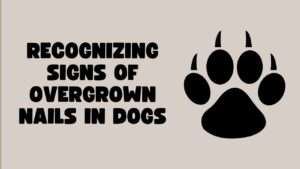
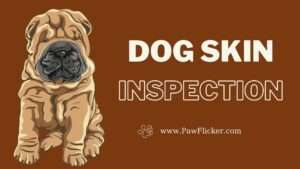
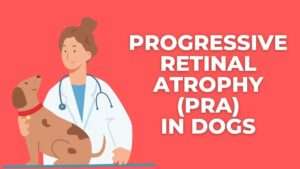
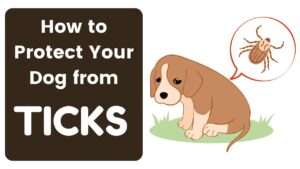
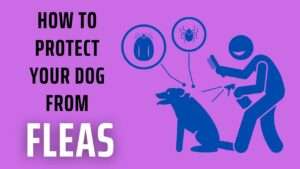
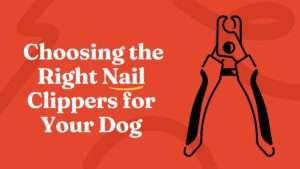

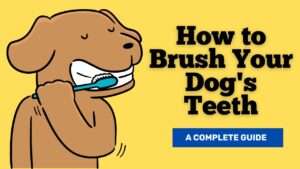
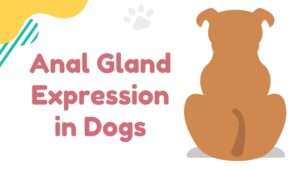

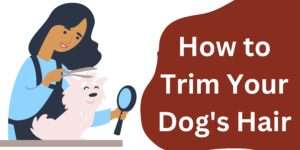


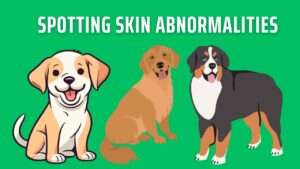

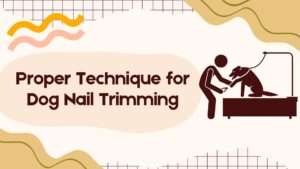
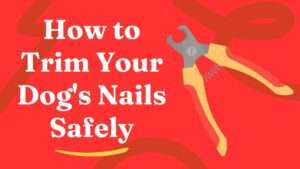
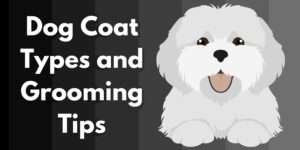
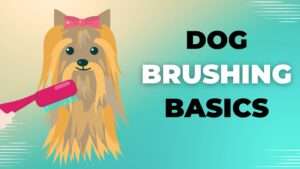
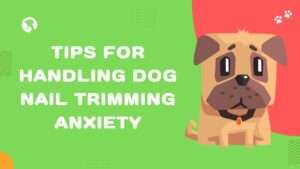
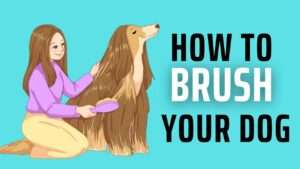
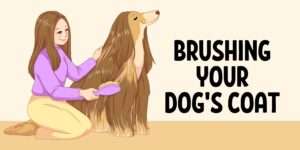
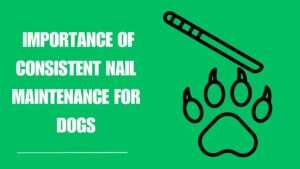








+ There are no comments
Add yours